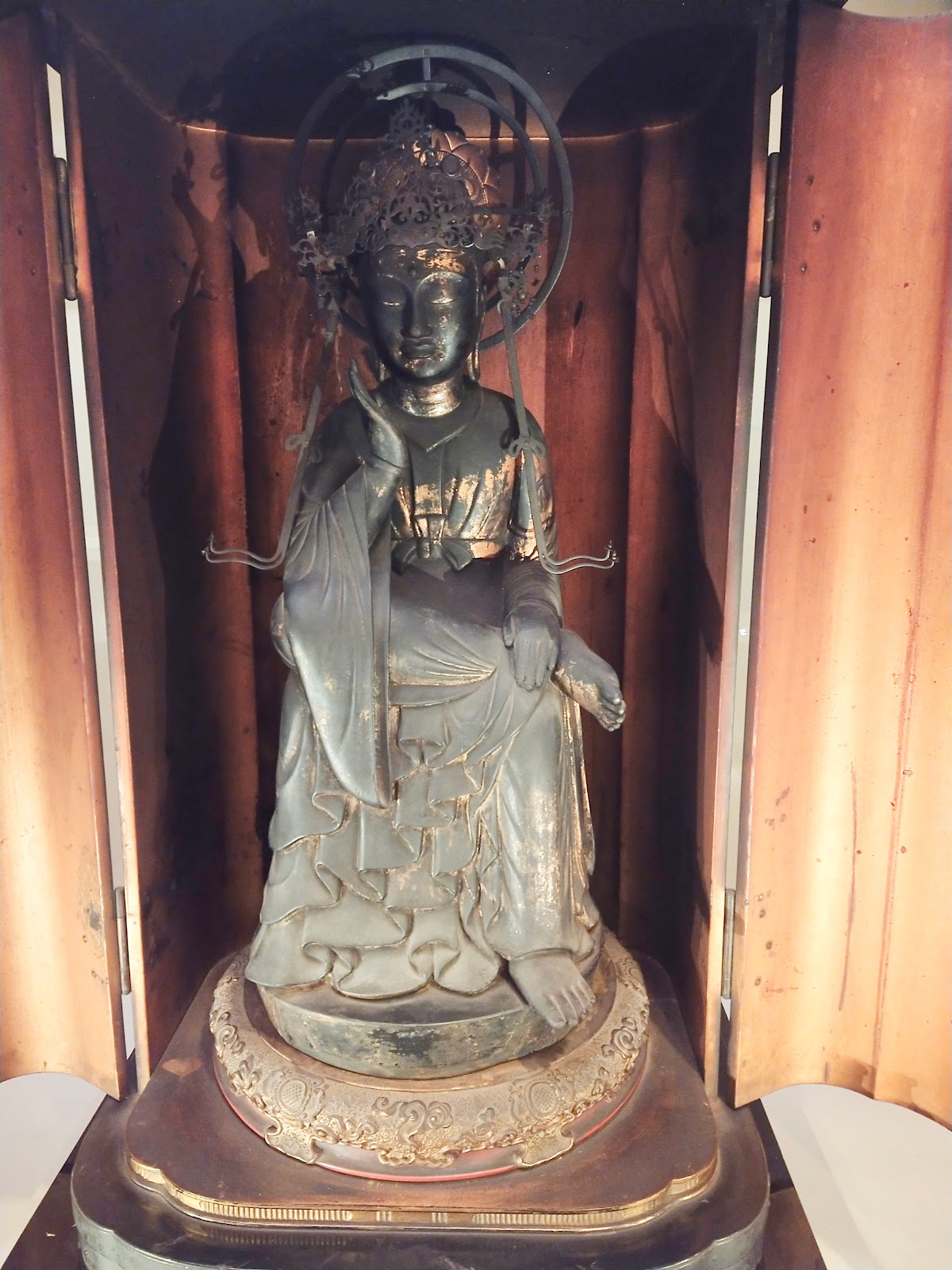John said in a comment here recently:
I find that preoccupation as silly as the ongoing publications of Biblical commentaries. It's been 2,000 years. How much more can be written about it! The ambiguity and contradictions in the books of the Bible are among the first examples of postmodernist writing.But really, that's the great thing about ambiguity, isn't it? - it can be pretty "fun" trying to resolve it, no matter how many centuries it takes!
Which brings me back to Wagner. I now know that the key to the never ending analysis of the Ring Cycle is due to its innate ambiguity, which is due to Wagner taking forever to finish it, and changing his favourite philosopher while doing so.
I thought this talk summarised it well. Warning - spoiler alerts! (Ha ha):
The Ring was composed between 1848 and 1874, and first performed as a cycle in 1876. By 1851 Wagner had planned a cycle of four operas, the first two bearing the titles they still have, followed by The Young Siegfried and Siegfried’s Death. The text for all four parts was completed in 1852 and privately published in 1853. Between 1853 and 1857, Wagner composed the first two operas and the first two acts of the third. Then he stopped, setting the entire work aside for twelve years. In 1869–after writing Tristan und Isolde (1865) and Die Meistersinger von Nürnberg (1868)–he took it up again, changing the ending to a tragic one. Instead of being taken to Valhalla by Brünnhilde, Siegfried is killed on earth, Valhalla is destroyed, and Brünnhilde ends her own life.
Wagner’s “muse” in the earlier compositional period was Ludwig Feuerbach (1804-1872). A strong influence on Marx, Engels, and other social revolutionaries, Feuerbach was a radical opponent of both class inequality and traditional religion. He defends a type of secular humanism, and views religion as a confused projection into the beyond of elements of human nature. Instead of remaining imprisoned by other-worldly thinking, we need a philosophy that focuses on human need and encourages the expression of love.
Wagner resonated strongly with Feuerbach’s social radicalism, which provided the work with its ending in early drafts. The loving couple end up in Valhalla, which is consumed by fire along with them – but the gods’ order is to be replaced by a human “world without rulers,” under the sway of love. Wagner ultimately discarded this ending; but there is still a lot in the Ring that is Feuerbachian: the strong condemnation of greed, the structuring contrast between greed/domination (Alberich, Hunding, Hagen) and love (Siegmund-Sieglinde, Brünnhilde). During the long compositional gap, however, Wagner steeped himself in the work of another philosopher whose ideas moved him powerfully, in ways totally opposite to the radical emancipatory vision of Feuerbach. That philosopher was Arthur Schopenhauer (1788-1860), author of The World as Will and As Representation (1818), an eloquent work of extreme misanthropy that was all the rage in Wagner’s time.
For Schopenhauer, the world contains two forces that manifest themselves everywhere. One is “Representation,” through which objects appear to a perceiving subject. (Schopenhauer thought that we never attain knowledge of things in themselves, only of interpretations or representations of them.) That capacity is benign, and we can use it to study the world. But we are also driven, like everything in nature, by a dynamic erotic force that is often felt as desire, and that leads above all to the continuation of life. This force, which he called “Will,” is the cause of endless and unmitigated suffering. Influenced strongly by Buddhism, Schopenhauer thought that the only remedy for life’s pain was resignation, ceasing to want. We must resist all of life’s lures as so many fetters that bind us to pain. (He thought women were prominent among such lures, hence his intense misogyny.) The function of art, he held, is to make the hopelessness of life indelibly clear to us so that, grasping this truth in a calm moment, we can embark on the path of resignation.
The rest of the essay explains in detail the Schopehauer influence on The Ring, as do many, many essays (and entire books).
I have been reading so many links about Wagner lately that I'm not successfully keeping track, but I know I read one comment by someone that Wagner himself didn't really understand what he was trying to say, and I subsequently read an extract from one of his letters which was consistent with that - he seemed to convince himself that he had unconsciously come to the right conclusion in the Cycle before understanding it.
Must have a look for that article again...


































%20Prof%20Sandy%20O'Sullivan%20(Wiradjuri%20trans%20they_them)%20(@sandyosullivan)%20_%20X.png)
%20Senator%20Briggs%20(Biblically%20Accurate)%20(@Briggs)%20_%20X.png)
%20Senator%20Briggs%20(Biblically%20Accurate)%20(@Briggs)%20_%20X.png)
%20Zionist%20Federation%20of%20Australia%20on%20X%20Distinguished%20Indigenous%20leader%20Professor%20Marcia%20Langton%20writes%20%E2%80%9CAs%20an%20Indigenous%20Australian%20I%20can%20have%20little%20effect%20in%20stopping%20these%20hor%5B...%5D.png)
%20James%20Blackwell%20(@BlackwellJ_)%20_%20X.png)
%20Margaret%20Sheil%20on%20X%20Very%20pleased%20to%20announce%20our%20new%20Indigenous%20Knowledges%20and%20Culture%20Faculty%20@QUT%20https%20__t.co_Uw8wQZdEcv%20@angela_leitch%20_%20X.png)
